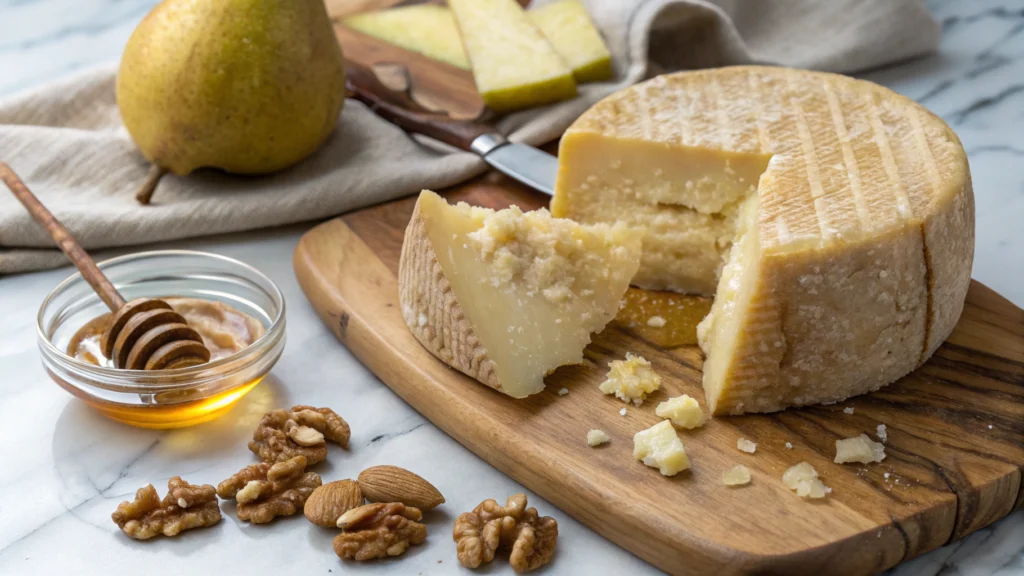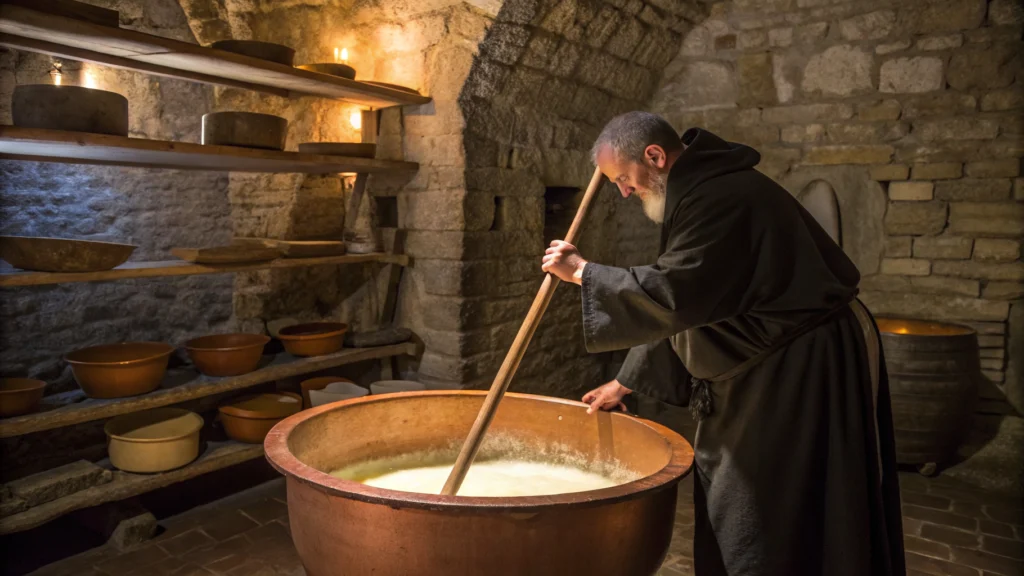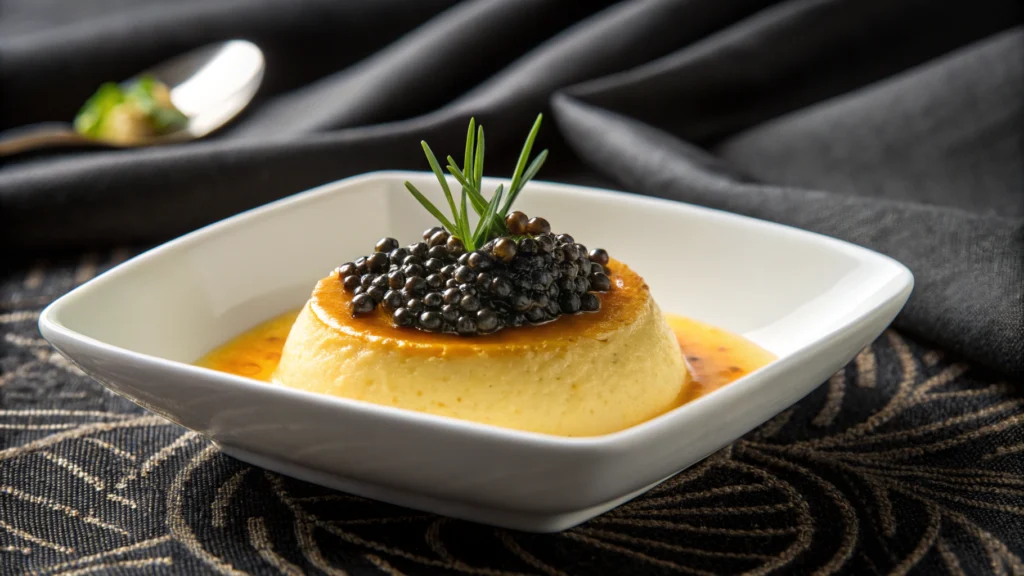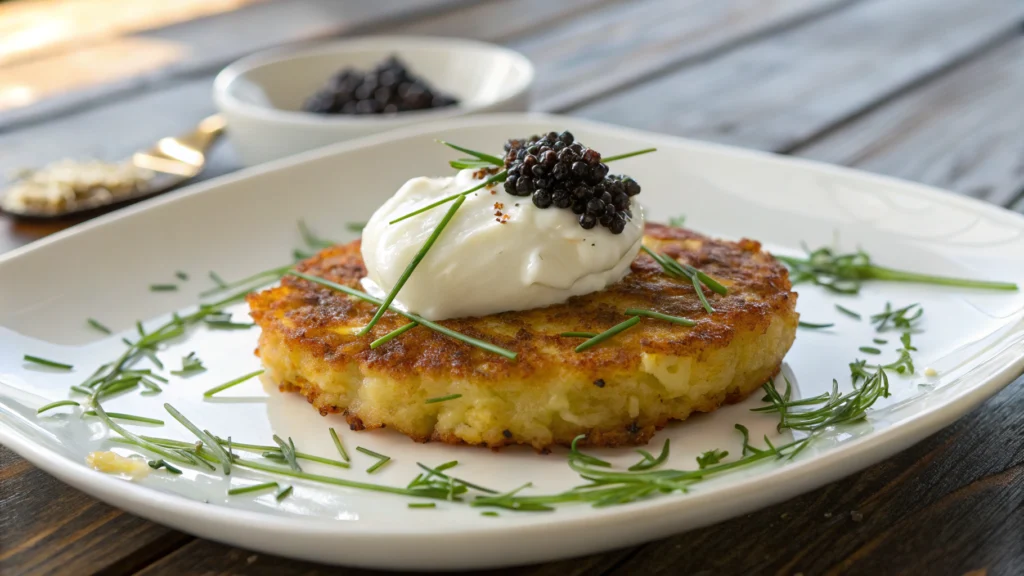
What Is Grana Padano?
The Noble Essence of Grana Padano
Grana Padano is not merely a cheese—it’s a symbol of northern Italy’s agrarian soul, aged into a golden wheel of culinary prestige. Recognized for its crystalline texture and nuanced flavor, this hard cheese transcends its humble dairy origins to become a mainstay in Michelin-starred kitchens and rustic trattorias alike.
Origin and History of Grana Padano
Monastic Beginnings in the Po Valley
Crafted first in the 12th century by Cistercian monks in the fertile Po Valley, Grana Padano was a method of milk preservation born from necessity and perfected through devotion. The monks, keen on avoiding waste, developed a slow-heating technique and a curdling process that birthed this grainy (“grana”) cheese.
From Medieval Staple to Global Icon
By the Renaissance, Grana Padano had journeyed beyond cloisters and cowsheds, traded across city-states and later internationally. Its protected status (DOP) today ensures it is still produced under strict geographic and procedural guidelines, preserving centuries of craftsmanship.
What Does Grana Padano Taste Like?
The Flavor Profile: Subtlety Meets Umami
Mild yet assertive, Grana Padano offers a symphony of nuttiness, buttery undertones, and a whisper of fruitiness. The cheese crystalizes as it ages, giving it that prized crunch and a concentrated umami essence that unfolds slowly on the palate.
Aged vs Young: A Tale of Time and Texture
Younger Grana Padano (9-16 months) is creamier and milder, ideal for delicate dishes. Older variants (over 20 months) develop robust, almost spicy profiles with a firmer bite and intensified savoriness.
How Is Grana Padano Made?

The Craftsmanship of DOP Certification
Milk from cows fed on local forage is skimmed and gently heated. Calf rennet curdles it into a mosaic of granules that are cooked, pressed into molds, and brined. Every wheel is hot-branded with the DOP mark after meticulous inspections.
The Maturation Process: A Waiting Game of Flavor
Each wheel matures in temperature-controlled aging rooms, undergoing regular turning and cleaning. The result? A structural marvel with a rind that protects and a paste that matures into complexity.
What Is Grana Padano Used For?
Culinary Versatility: From Risottos to Salads
Its balanced flavor makes Grana Padano a chameleon in the kitchen. Melted into risottos, shaved over salads, or stirred into soups—it elevates without overpowering.
The Grating Gold: A Chef’s Finishing Touch
Grana-Padano’s granular form grates like a dream. It lends depth to pasta, enhances béchamel, and finishes dishes with a luxurious, savory flourish.
Can You Eat Grana Padano Raw?
Raw Consumption: A Gourmet Affair
Absolutely. Grana-Padano is often savored uncooked—shaved onto carpaccio, paired with figs or pears, or simply served with acacia honey for an appetizer that bridges rustic and refined.
Best Pairings for an Uncooked Experience
Pair it with a full-bodied Barolo or crisp Verdicchio. Accompany with walnuts or truffle honey for gastronomic alchemy.
Is Eating Grana Padano Good for You?
Nutritional Benefits and Scientific Backing
Grana-Padano is rich in protein, calcium, and essential amino acids. It’s also naturally lactose-free due to its aging process. A study from the European Journal of Clinical Nutrition suggests it may help reduce blood pressure when consumed regularly, thanks to bioactive peptides formed during ripening.
Grana Padano Similar Cheeses
Regional Cousins and Taste Twins
Similar to Parmigiano Reggiano but less sharp, Grana-Padano shares texture kinship with cheeses like Piave, Asiago, and Montasio. These northern Italian wheels echo its graininess but differ subtly in aroma and intensity.
Grana Padano vs Parmesan
A Duel of Heritage and Palate
Both are DOP cheeses, but Parmigiano Reggiano requires a longer aging minimum and uses whole milk only from specific regions. It has a sharper bite and a more crystalline crunch. Grana-Padano, milder and more approachable, offers versatility at a slightly lower price point.
Grana Padano vs Pecorino
Cow vs Sheep: Texture and Taste Differences
Pecorino Romano is bolder, saltier, and made from sheep’s milk, contrasting Grana-Padano’s cow’s milk roots. It’s zestier and crumbly, used when an assertive edge is desired in pasta or pesto.
Where to Buy Grana Padano
Sourcing Authentic Wheels Locally and Online
In the U.S. and Europe, specialty grocers and high-end markets like Eataly and Whole Foods carry certified Grana-Padano. Online retailers such as igourmet.com and gustiamo.com ship authentic wheels globally, often cut to order.
Famous Recipes Using Grana Padano
Classic and Contemporary Culinary Inspirations
- Risotto alla Milanese: Saffron meets the savory soul of Grana-Padano.
- Cacio e Pepe Reimagined: A twist on tradition using Grana instead of Pecorino.
- Grana-Padano-Stuffed Gnocchi: Rich pillows of joy with molten cheese hearts.
- Autumn Kale Caesar: Shaved Grana elevates this modern salad to regal status.
- Pear and Grana Flatbread: A sweet-savory delight ideal for brunch or appetizer spreads.
you may like it








